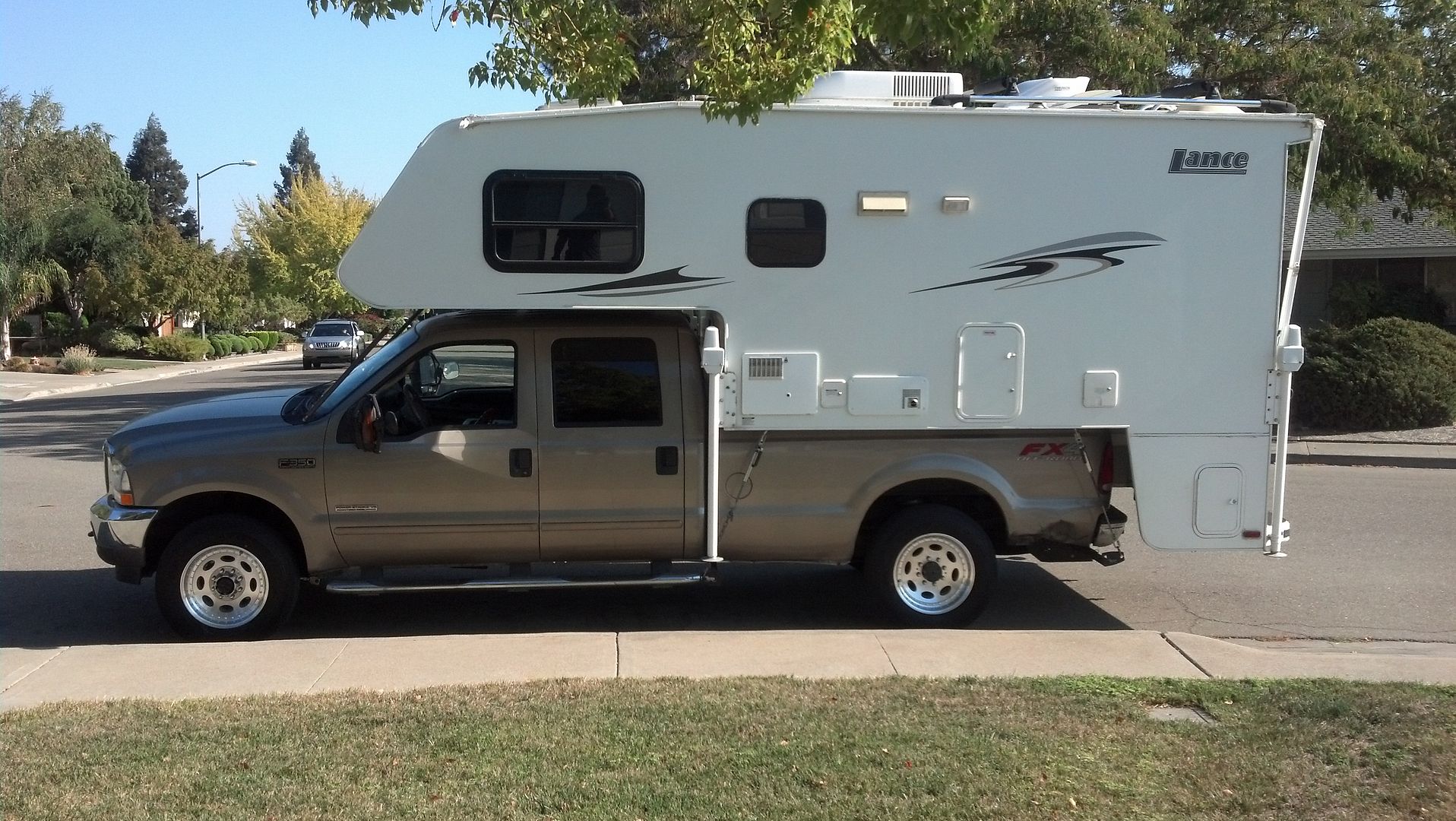twodownzero wrote:
Yep, but not on trucks that come with 19.5s from the factory. As far as I know, ALL of them come with larger rear axles than 1 tons do.
So now we are comparing SRW's with 19.5's to 4500/450+ chassis trucks?
I thought this discussion was about 2500's and 3500 SRW's with 19.5's compared to 3500 DRW's?
twodownzero wrote:
But they're not identical. Because they are located on a truck that has a different stance. A truck is not merely the sum of its parts.
They are the same axle, the AAM 11.5" axle. There are 2 differences that have nothing to do with rating. The WMS-WMS is different on the DRW to put the WMS between the duals, and the outer bearing is larger to support the added weight of a DRW setup. Per AAM, I have spoken with their engineers, SRW or DRW has no effect on the rating or capabilities of the axle. Dodge already spec's a longer life bearing than GM, so that's a plus for the Dodge guys.
A truck is the sum of it's parts, down to the weakest link. Dana 80's on a Ford Ranger is still Ranger and the weakest link will be frame/suspension. It's parts don't all add up, but we aren't talking about a Ranger.
The parts you listed above that will wear out or be possibly overloaded by adding, and utilizing, 19.5's just isn't an issue, those same parts in the same configuration are already used at a higher rating.
The stance on a DRW is wider, but the sidewalls on LRE's are softer so it's a trade off. It's not a 100% solution, but I would guess a 90% solution. The springs still mount at the same point, meaning any pivoting differences are tire related. I know from experience that SRW 19.5's are just as stable as a DRW, from the drivers seat.
twodownzero wrote:
Over what GVWR? No doubt the DRW GVWR has its most significant connection to the two additional wheels and tires, but once again, a truck is not merely the sum of its parts
Again, nearly all the same parts.
twodownzero wrote:
Engineering does not depend on public perception. Marketing might.
Does marketing not drive engineering?
twodownzero wrote:
A V8 diesel has advantages in a pickup that don't exist in an OTR rig. The first is weight. A V8 has a shorter block with fewer main bearings and other heavy components. I don't have the numbers off the top of my head, but it seems intuitive that an engine that is smaller will weigh less.
Both the 6.7L V-8 powerstroke and the 6.7L I-6 Cummins weight ±1100lbs. The powerstroke has 5 main bearings for 8 cylinders and aluminum heads, the Cummins has 7 main bearings for 6 cylinders and a cast iron head.
Cubic inch per cubic inch a V-8 is not lighter, and if the powerstroke has cast iron heads it would be even heavier.
twodownzero wrote:
But don't make the mistake of believing that installing Class 4 or 5 tires makes a pickup into a Class 4 or 5 truck. It doesn't. It just makes an overloaded pickup minus its weakest components.
Where is anyone trying to make a SRW a Class 4 or 5 truck? I guess it goes back to my first comment.. I though we where all discussing 2500 or 3500 SRW vs 3500 DRW and the capabilities/safety/design specs of 4x19.5's and 6xLRE's.
If the trucks are built the same, aside from the mentioned rear suspension differences, and the rear suspension is addressed then the difference is wheels/tires... and those are just 32 lug nuts away from being capable.
Upgrading the tires on most 3500 DRW wheels is pointless anyhow, the wheels are rated lower than the OEM tires.. at least on the wheels I have looked at. It's not merely the tires, the wheels mean a lot too.
Lets look at your overloaded logic real quick. Here is my truck on one of my recent trips.
FAW 4780 FAWR 5200
RAW 7160 RAWR 6200 sticker, 9350 highest for suspension/axle/frame, 10912 manufacturer
GVW 11980 GVWR 9900 sticker, 12,200 highest for frame/suspension/axles
Is that overloaded?? No, not in the least. Even if you factor in the main leafs are rated for 7% less on my SRW than a DRW of the same year there isn't anything overloaded.
Yeah, this is where you would mention the sum of the components.. but if the sum of components is good enough for a DRW at those weights why not a SRW? Tire's isn't it, those are rated for 9,000lbs an axle. I won't put 9,000lbs on my front axle as it's rating is not based on tires, but I wouldn't hesitate to do it on my rear axle where nothing is overloaded, thou components may be loaded to capacity.
Yes plenty of people overload their trucks, on HD SRW's it's almost always tires on the rear axle as anything is very hard to overload. On DRW's it's usually GVW as many ignore GVW and use FAW/RAW alone. On LD trucks it's usually everything :-)
Application and correlation.
Based on your logic if I owned a 2500 vs of my truck that scaled at 9500lbs I should sell it for a 3500 SRW of the same year as it carries a GVWR that supports 9500 lbs despite the fact that both trucks are supporting the weight identically, with identical components, at 9500lbs. The only difference is the upper overloads, which don't do anything at a weight that light. Is that logical, or missing correlation?
If that's your stance with your money then so be it, many people are that way. But to come and tell people it's wrong isn't really accurate either. It's not illegal, nothing is actually overloaded, and it's not any less safe.

